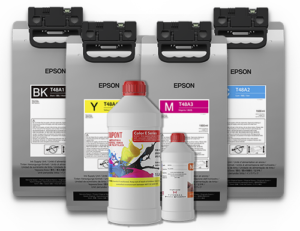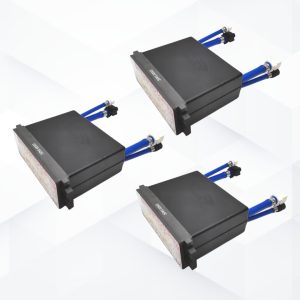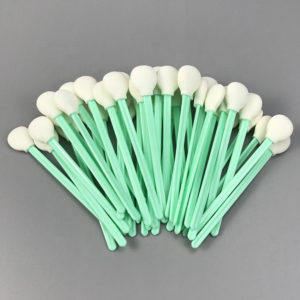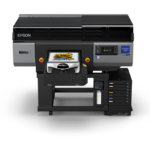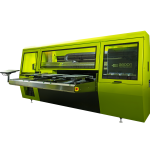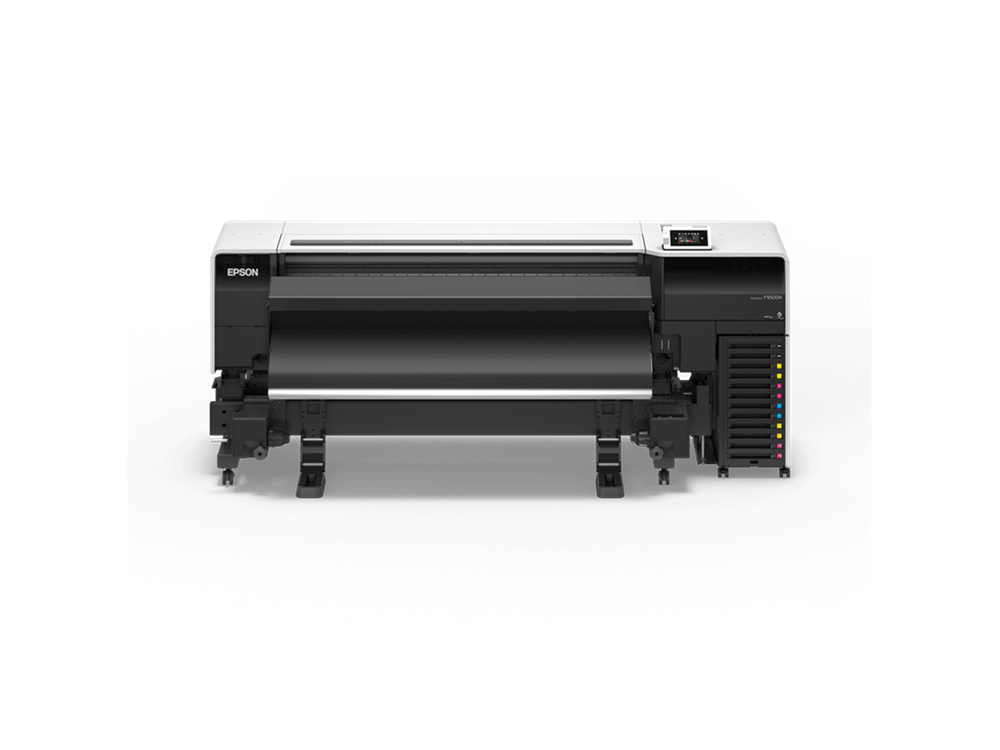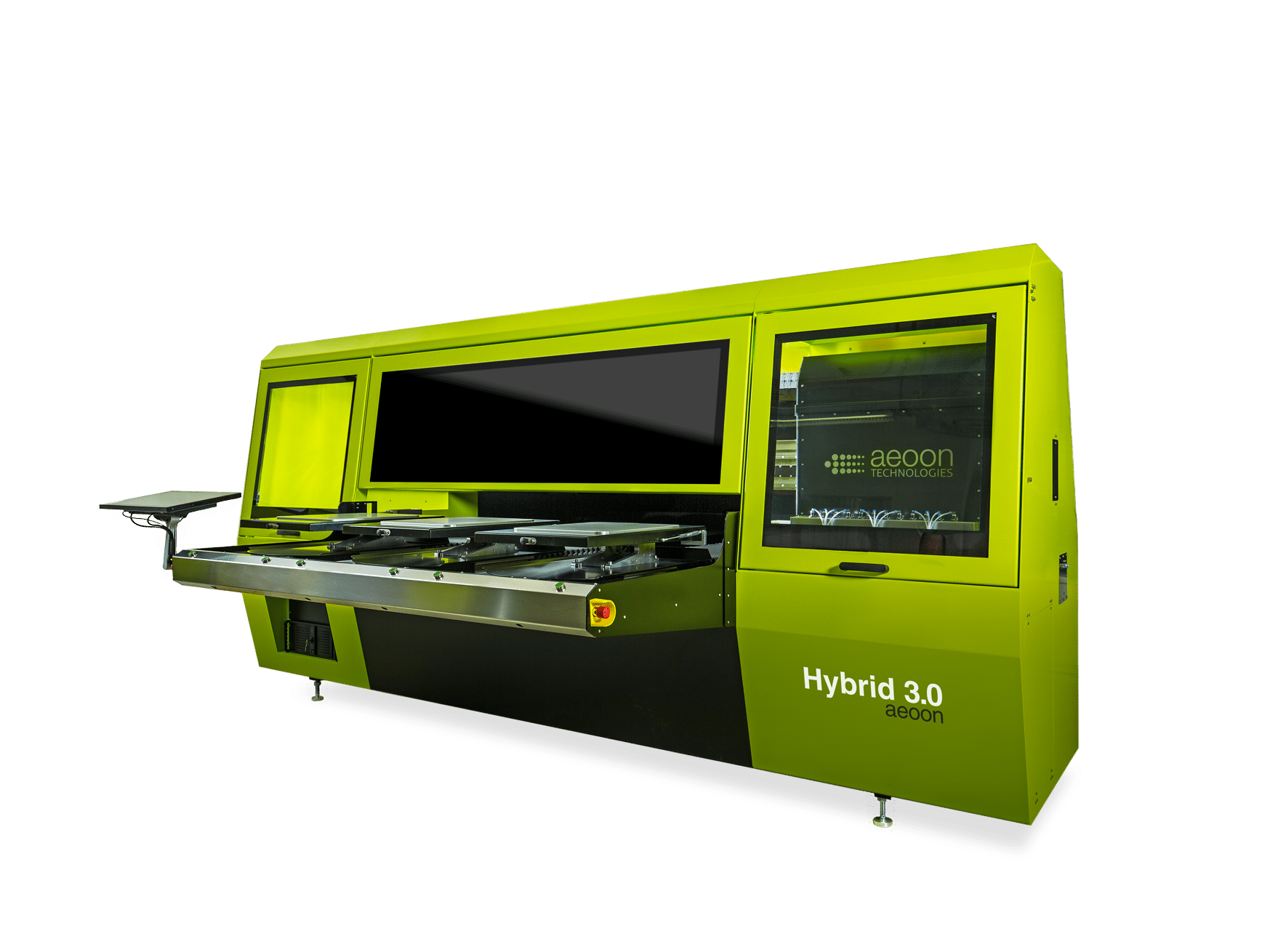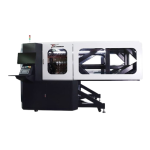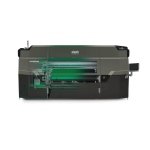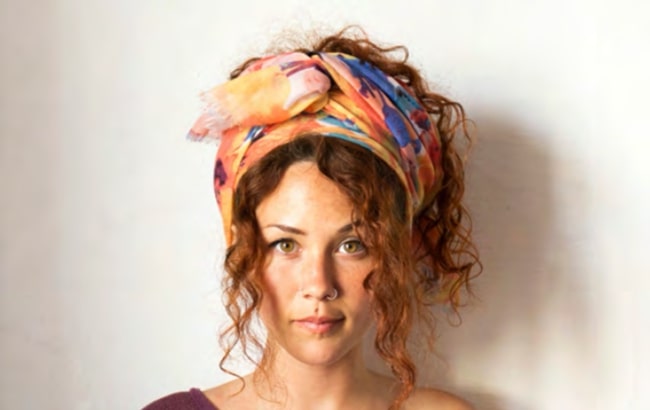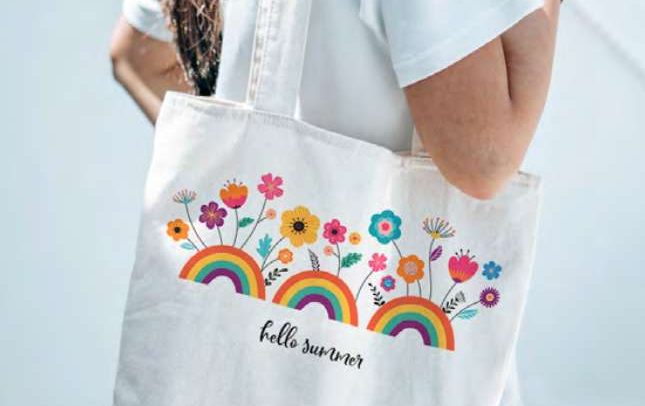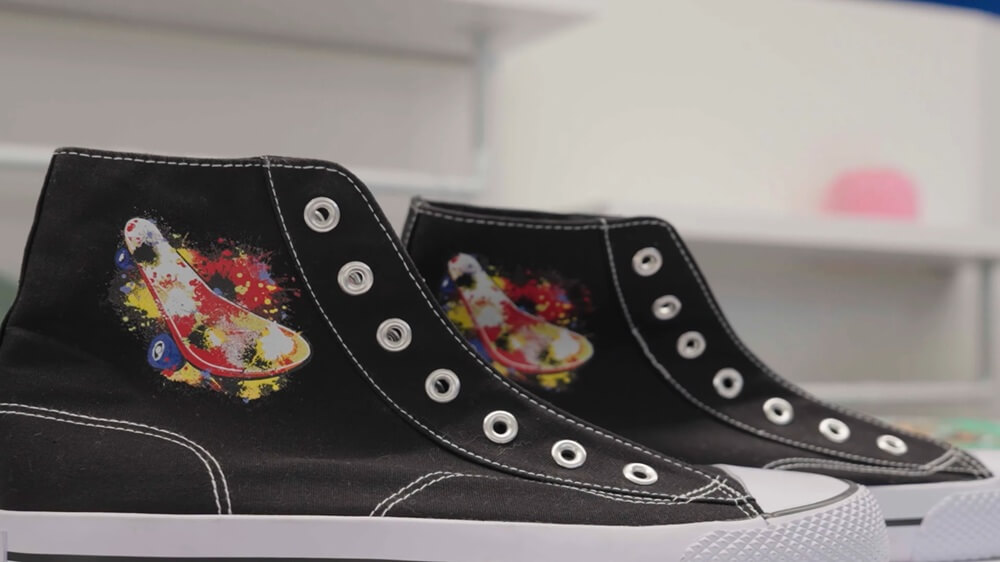The world of custom apparel is brimming with possibilities, and two of the most popular contenders for synthetic fabrics like polyester printing are dye sublimation and Direct-to-Film (DTF). Both methods offer the promise of vibrant, high-quality designs, but they achieve this in fundamentally different ways.
For anyone looking to start a new printing venture or simply trying to decide on the best technique for their next project, understanding these differences is crucial. In this tutorial, we’ll dive deep into the pros and cons of each method, helping you determine whether dye sublimation or DTF printing is the perfect choice for your specific needs.
Understanding the Core Technologies
To make an informed decision, you first need to grasp how each process works. The devil is in the details, and with DTF vs. Dye sublimation, the details are what truly separate the two.
Dye Sublimation Printing: A Chemical Bond with Fabric
Dye sublimation is a process of chemical bonding. It’s often described as a “ghost print” because the final result feels like a part of the fabric itself, with no added texture. The process involves a special dye sublimation printer that uses unique inks, which are printed onto a transfer paper. When this paper is pressed onto a polyester garment with a heat press, the magic happens. The intense heat causes the solid ink to turn directly into a gas, bypassing the liquid state entirely, a process known as dye sublimation. This gaseous ink then penetrates and permanently dyes the polyester fibers, creating a long-lasting, durable image that won’t crack, peel, or fade.
Because the ink is absorbed into the fabric, dye sublimation works best on light-colored (ideally white) polyester garments. The color of the fabric directly impacts the final color of the print, as there is no opaque white ink layer. The higher the polyester content, the more vibrant the print. A garment with 100% polyester will yield the most brilliant, true-to-color results.
DTF Printing: A Durable Layer on Top
Direct-to-Film, or DTF, is a more versatile, yet different, approach. Unlike sublimation, DTF prints are created on a special PET film. A DTF printer, using pigment-based inks, lays down the design on this film. While the ink is still wet, a hot-melt adhesive powder is applied and then melted and cured, creating a solid, durable layer. This prepared transfer is then pressed onto the garment using a heat press. The heat activates the adhesive, bonding the printed design onto the fabric’s surface.
The key advantage of DTF is its ability to print on almost any fabric, not just polyester. Because the process uses a white ink layer as a base, DTF transfers can be applied to cotton, silk, nylon, and even dark-colored garments, providing a vibrant, opaque finish. The print sits on top of the fabric, similar to a high-quality vinyl transfer, and has a slightly raised, soft-touch feel.
The Great Debate: Dye Sublimation vs. DTF for Polyester Printing
Now that we understand the basics, let’s get into the nitty-gritty of how these two methods stack up when printing specifically on polyester.
| Features | Dye Sublimation | DTF Printing |
|---|---|---|
Material and Color Compatibility | The chemical bond is designed specifically for synthetic fibers. Limited to white or very light-colored garments only, when print on darker fabrics, it will distort your colors. | Master of versatility. It works flawlessly on polyester, cotton, and blends. Achieve vibrant, true-to-life colors on dark-colored polyester garments. |
Print Feel and Texture | The ink becomes part of the fabric, resulting in a zero-hand feel. The printed area is just as soft, breathable, and flexible as the rest of the shirt. This makes it a popular choice for high-performance sportswear and apparel where comfort is paramount. | A DTF print sits on the surface of the fabric. While modern DTF transfers are incredibly thin and flexible, they still have a slight texture or "hand feel." It's a noticeable difference compared to the seamless feel of a dye sublimated print. |
Durability and Washability | Dye sublimation prints are exceptionally durable. The print will last as long as the garment itself. They won't crack, peel, or fade, and can withstand countless washes without losing their vibrancy. | The adhesive powder creates a robust bond that is highly resistant to cracking and peeling. When applied correctly with a heat press, DTF transfers can easily endure over 50 washes with minimal degradation. |
Color Vibrancy and Detail | On white or light-colored polyester, it produces stunning, photo-quality prints with incredibly rich and bright colors. It's great for intricate designs with fine details and gradients. However, its transparency is a limitation on darker fabrics. | DTF delivers bold, saturated colors on any fabric, dark or light. The white base layer ensures that the colors of the design pop, regardless of the garment's background color. This makes DTF a better option for designs that require a true, opaque white. |
Cost and Setup | Relatively affordable for hobbyists and small businesses. A basic dye sublimation printer and a heat press are the main investments. However, the cost of dye sublimation paper and inks is generally higher than traditional printing supplies, and the garments must be polyester, which can be more expensive than cotton. | DTF requires a larger initial investment. DTF printers are more complex and require a dedicated system that includes the printer, hot-melt powder, and a curing machine. However, the cost per transfer can be lower, and the ability to print on a wider variety of materials can lead to more opportunities and potentially higher profit margins. |
Use Cases | Specific niches includes: all-over prints for sportswear, custom mugs, phone cases, and personalized home décor items. Anywhere a permanent, integrated, and soft-to-the-touch print is desired on a polyester or polymer-coated surface. | Perfect for fashion brands, custom merchandise shops, and print-on-demand businesses. If your product range includes different fabric types, such as a mix of cotton t-shirts, polyester hoodies, and canvas bags, DTF's ability to handle them all. |
The Final Verdict: Which One Should You Choose?
Deciding between DTF and dye sublimation for polyester printing ultimately comes down to your priorities.
If your primary goal is to produce high-quality, permanent prints on white or light-colored polyester with a soft, breathable feel, then sublimation is the superior choice. The seamless integration of the ink with the fabric is unmatched.
However, if you need versatility to print on a wide range of fabrics, including dark-colored polyester, and are willing to accept a slight texture on the print for the sake of vibrant, opaque colors and broader market appeal, then DTF is your best bet.
For small businesses, the choice often depends on your target market. As highlighted on the In-Credible website, DTF offers the flexibility to cater to a wider array of products, from cotton t-shirts to polyester sportswear, while sublimation is the go-to for a specific niche, such as high-end athletic wear or promotional items.
Conclusion
Ultimately, both are powerful tools in the world of custom printing. By carefully weighing their unique strengths and limitations, you can select the method that aligns perfectly with your creative vision and business goals.
If you’re ready to future-proof your print operations and meet the growing demand in polyester printing, Fluxmall will be your best provider and technical partner.

